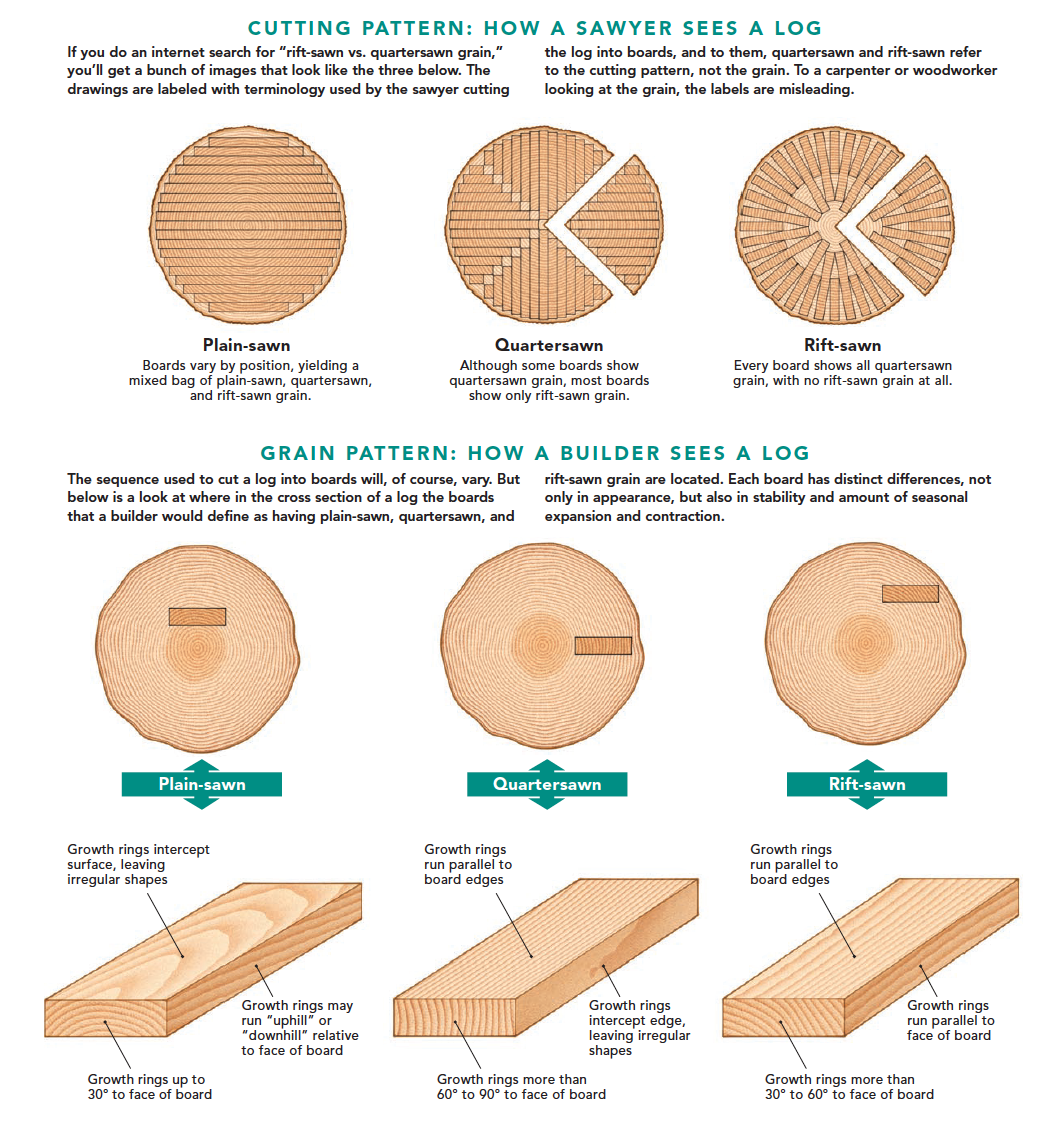This Osage orange handle cracked all the way around while sitting on my knife rack, probably from change in humidity. It is very dry in our place during winter. It doesn’t help that the grain of the wood is not oriented in the strongest way, which would be along the length of the handle.
Anyway, how would you try to remedy this? Superglue, epoxy, something else? Or just get a new one?



Anyway, how would you try to remedy this? Superglue, epoxy, something else? Or just get a new one?








